The Change Agent
Aimee Milliken is helping the Connell School train nurses to overcome feelings of distress and voicelessness on the job.
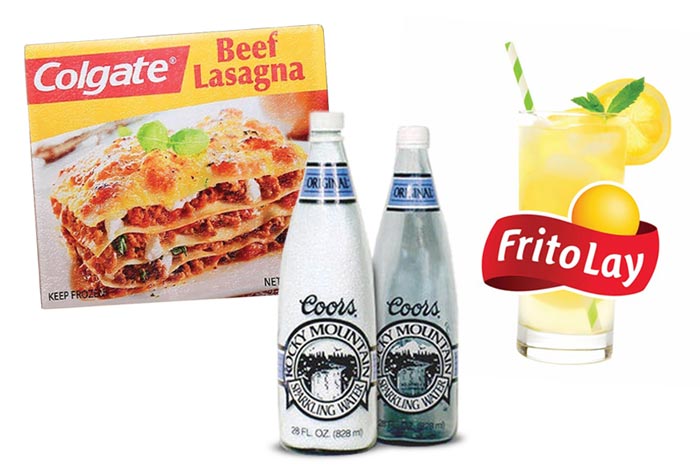
When Good Brands Go Bad
Carroll School Assistant Professor Larisa Kovalenko on avoiding marketing disasters.
Most companies sell more than a single product. Your favorite brand of yogurt, for instance, might also make a coffee creamer you enjoy. If customers like one product a company sells, it just makes sense that they’ll be willing to try something else from that company. But what happens when companies overestimate their customers’ interest in a new product? According to Larisa Kovalenko, assistant professor of marketing in the Carroll School of Management, the results can be as disastrous as they are hilarious. Corporations spend a lot of time and money strategizing how to successfully reach customers with new products, but they still get it wrong surprisingly often.
Kovalenko and her fellow academics Alina Sorescu and Mark B. Houston analyzed data from nearly twenty thousand product launches between 2000 and 2012, and recently published their findings in the Journal of the Academy of Marketing Science. The authors used the data to create a framework outlining the best way for companies to launch new products.
When a new item flops, the company takes a financial hit, of course, but the failure can also damage the company’s reputation. That happens most often when the new product is an odd fit with what the brand is known for—like when a company famous for potato chips puts its name on a soft drink, or a toothpaste manufacturer debuts a meat lasagna. And it’s never been more important for companies to get it right, because in the digital age, branding missteps can go viral.
Here, Kovalenko shares three new-product disasters, and one success.
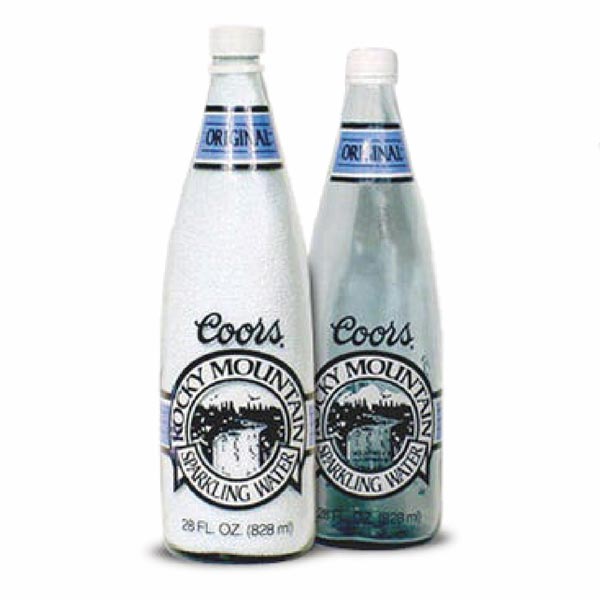
This nonalcoholic drink was launched in 1990 by the Adolph Coors Company, the makers of Coors beer. But it fizzled because people were confused about whether or not it contained alcohol, Kovalenko said. The product also hurt the Coors brand, since it created the impression that the core beer product was watered down. The drink was mercifully discontinued in 1997.
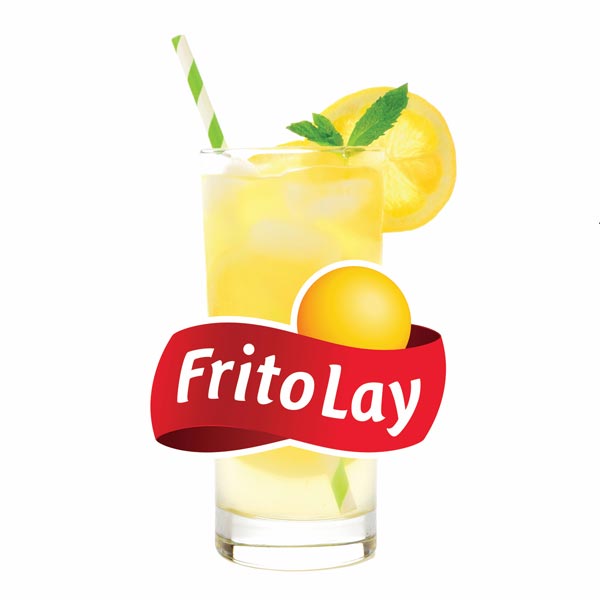
This lemonade wasn’t actually potato chip-flavored, but the potato chip logo splashed all over the bottle certainly created that impression. Consumers were put off by the idea of a refreshing citrus drink that carried a salty crunch, and the product was pulled from shelves shortly after its 1998 introduction.
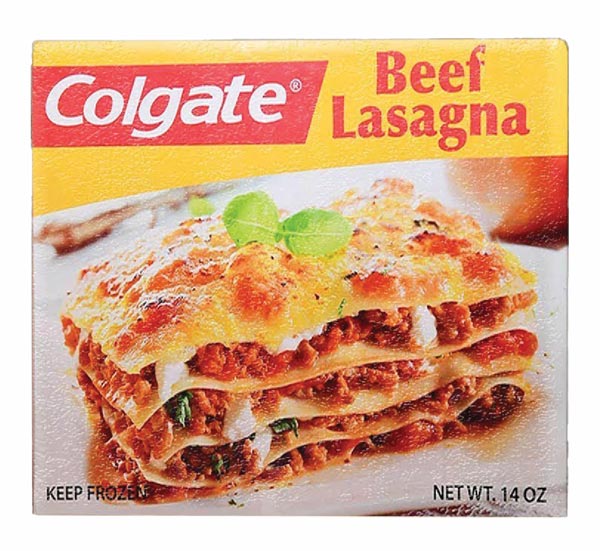
In 1982, the dental care behemoth Colgate branched out into…the frozen food market. The decision was so disastrous that the minty-sounding Colgate Lasagna was immortalized in Sweden’s Museum of Failure in 2017. It’s become a beloved example in Kovalenko’s marketing classes. “It affected sales in all other categories,” she said. “Even the toothpaste sales went down.”
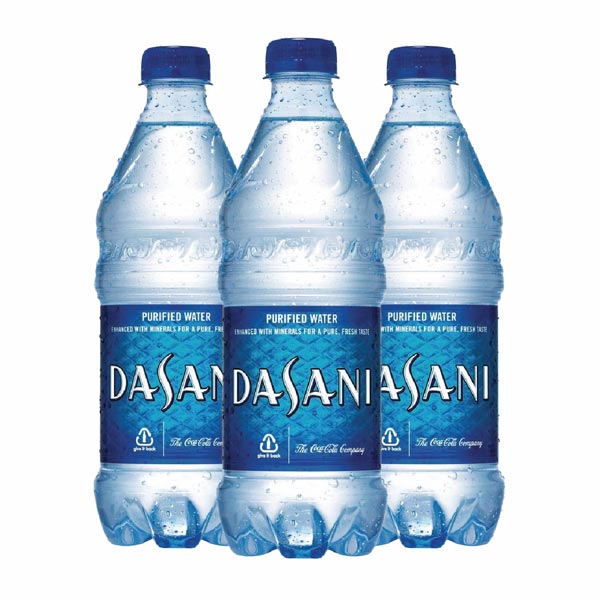
The thirty-year success of Dasani bottled water illustrates Coca-Cola’s winning strategy of launching new drinks sans the Coke branding. “They were smart enough to know it was a completely new product, in a new category,” Kovalenko said, explaining that the company carefully avoided the pitfalls of making people think about the sugary flavor of soda while they were hydrating.